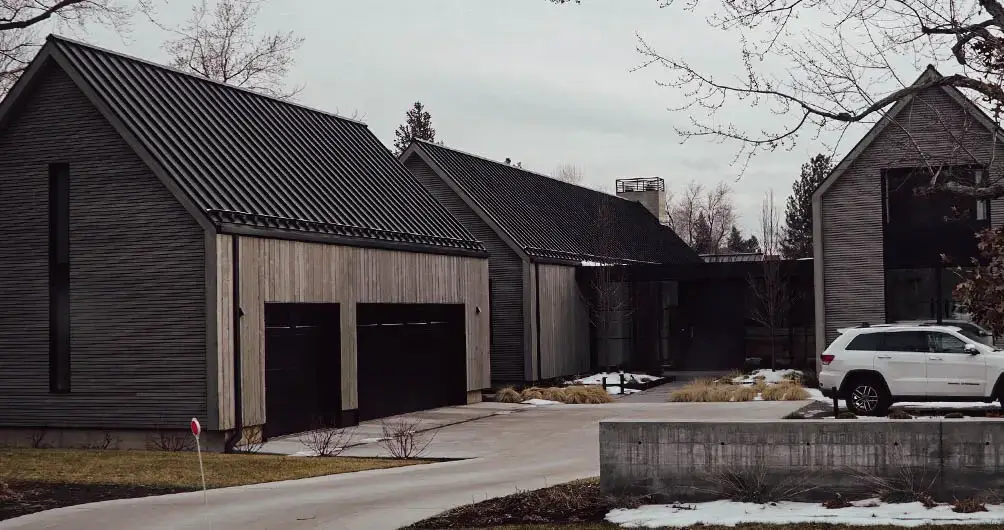 Building Supporters Services
High Performance Colorado Inspection Report Review: Second Opinion + Re-Inspections
Building Supporters Services
High Performance Colorado Inspection Report Review: Second Opinion + Re-Inspections
When clarity and precision are key to making an intelligent decision, settling for the standard is...
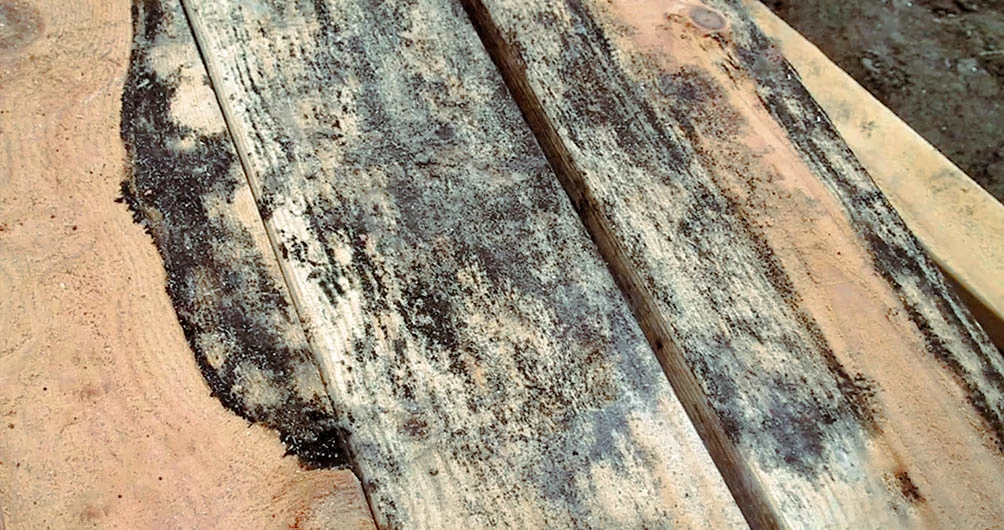
Schedule now. Get transparent pricing plus instant, easy online scheduling.
Get Your ePriceWhile Colorado’s dry climate might suggest a lower risk of mold growth, it’s important to understand that mold issues are not exclusively tied to humid environments. Moisture intrusion, whether from external leaks, plumbing issues, or inadequate ventilation, can create conditions conducive to mold growth even in arid climates.
Mold is a ubiquitous element in our environment, thriving in moist conditions and feeding on organic materials found in our homes such as wood, paper, and even certain types of insulation. Approximately 47% of residential buildings in the U.S. have visible mold or mold odor. (National Institute for Occupational Safety and Health) While mold plays a crucial role in nature by breaking down dead organic matter, its presence indoors can lead to a myriad of problems ranging from structural damage to severe health issues, especially for individuals with pre-existing conditions like asthma or allergies.
The fact that mold can remain hidden for extended periods exacerbates these issues, making it a silent threat that can undermine the integrity of buildings and the health of residents. Consequently, proactive mold inspections and testing become indispensable tools in maintaining safe and healthy living conditions.
Visual Inspection + Scientific Grade Instruments: An exhaustive examination of the property to identify potential mold growth and related conditions. This includes a detailed check for plumbing issues, exterior drainage inadequacies, and any indicators of moisture intrusion which could catalyze mold proliferation. State-of-the-art infrared/thermal imaging technology reveals otherwise undetectable moisture, complemented by precise measurements of temperature, humidity, and moisture levels.
Mold Air + Material Sample Laboratory Testing: Inclusion of multiple air samples, adhering to the strict sampling standards, to identify and quantify the concentration of mold spores present in the air. 32 AIHA EMLAP and 6 A2LA Accredited mold testing laboratories to meet even the most demanding and advanced testing requirements.
In-depth Reporting: A meticulously detailed digital and laboratory analysis report of the inspection findings. The report includes informative graphics, specific mold types, their concentrations, and trace images to show you exactly what your air looks like under the microscope. Our laboratory partner uses cutting-edge AI technology to analyze 100% of every sample. (Historically, the industry only analyzes 20 to 30% of a sample.) Our response takes into account expert consideration of: Site History, Occupant Interviews (when required), Geographic Location, Time Of Day, Nearby Land Use, Number Of Samples, Indoor Micro-Climates, Visual Inspection, Efficiency Of Sampling Device, and Seasonal Variability.
We utilize calibrated and highly specialized scientific grade instruments including: Environmental Meters including Hygro-thermometers/Psychrometers, infrared thermal cameras with Infrared Guided Measurement (IGM) and Multi-Spectral Dynamic Imaging (MSX), pinless moisture meters, and more.
We visually inspect for:
Mold, Moisture & Humidity: Utilizing cutting-edge tools like pinless moisture meters, infrared thermal cameras and more, we identify potential mold issues, including hidden plumbing leaks and improper exterior drainage. Our approach is proactive; upon discovery, we document mold presence and propose next steps, including lab analysis, tailored to each situation.
Building Supporters takes samples from at least 2 locations within the home, typically where dampness or mold is suspected or at risk.
Historically, the industry only analyzes 20 to 30% of a sample, because it simply takes humans too long to analyze more. However, spores often clump together and are not evenly distributed across a sample. By not analyzing the whole sample, there can be large variations of high and low counts, depending on if the analyst missed groups of spores.
Our laboratory partner uses cutting-edge AI technology to analyze 100% of every sample. Provided are clear results, informative graphics, and trace images to show you exactly what your air looks like under the microscope.
Sample trace image:

Additionally, Building Supporters also takes into consideration KEY components before proving mold result interpretations. While others simply give you a data report and guesswork, our response takes into account expert consideration of: Site History, Occupant Interviews (when required), Geographic Location, Time Of Day, Nearby Land Use, Number Of Samples, Indoor Micro-Climates, Visual Inspection, Efficiency Of Sampling Device, and Seasonal Variability.
We test for: Non-fungal Particulate (Particles found per m3): Hypha, Pollen, Skin Fragment Human, Skin Fragment Animal, Carbon Dust, Soil, <2.5 Microns, 2.5-10 Microns, >10 Microns. Fungal Classifications (Spores found per m3): Asp/Pen String Chaetomium, Clado-Sphaerospermum, Fusarium, Gliomastix, Scopulariopsis, Stachybotrys, Trichoderma, Ulocladium, Wallemia, Arthrinium, Ascospore, Basidiospore, Bipolaris, Bispora, Botrytis, Brachysporium-like, Cercospora, Chaetoconis, Coelomycete, Curvularia, Epicoccum, Exosporium, Fusicladium, Lasiosphaeria, Mitospore, Myrothecium, Nigrospora, Oidium, Paecilomyces, Peronospora, Pestilotiopsis, Pithomyces, Polythrincium, Pyricularia, Smut, Periconia, Myxomycete-like, Spegazzinia, Stemphylium, Torula, Trichocladium, Urediniospores, Zygomycetes, Zygophiala
For specialty and advanced laboratory mold testing services, please contact us for a custom quote. Need omething tested that’s not listed? Chance are we can perform laboratory testing for it.
High performance mold testing and inspections:
Have questions, unusual complexities or demanding requirements? Contact us for fast same/next day proposals and answers.
Mold, a form of fungus distinct from plants, animals, and bacteria, primarily acts as a decomposer of dead organic material such as leaves, wood, and various plants.
This characteristic allows mold to play a vital role in natural ecosystems. However, its role within human-occupied environments can lead to deleterious effects on both property and health. On occasion, mold extends beyond its typical function, infecting living plants and animals, which highlights its potential impact across a spectrum of life.
Mold reproduces through spores, which, along with its filamentous structure, are microscopic and not visible to the naked eye. It is only when mold colonies accumulate in significant numbers that they become visible as dark or greenish patches on surfaces. The nutrient source on which the mold feeds and the colony’s age can influence its color; for example, molds growing behind vinyl wallpaper may exhibit pink or purple hues, whereas mold on fabric, often referred to as mildew, displays distinct characteristics.
Central to mold’s proliferation is the presence of moisture—without water, mold cannot grow. Hence, addressing mold issues at their core typically involves identifying and rectifying water-related problems. Designs that minimize water intrusion and construction practices that mitigate moisture accumulation are essential preventive strategies.
Mold thrives on cellulose-rich materials, with a preference for more processed forms. This proclivity leads mold to favor wet paper over wet wood, and within the wood spectrum, processed varieties such as oriented strand board (OSB) over plywood, and plywood over more solid forms like studs or joists. Mold’s affinity for certain materials underscores the need for careful selection of building materials and interior finishes, particularly in regions prone to high humidity or frequent water intrusion.
It is a misconception that immediate exposure to water will inevitably lead to mold growth. The duration of wetness, alongside favorable temperature conditions, also plays a crucial role. For instance, paper that remains wet for several days or wood that is wet for weeks creates conducive conditions for mold growth. Prompt and thorough drying of materials after water exposure prevents mold from establishing, emphasizing the importance of rapid response to water incidents.
Ensuring that water problems, when they arise, are visible and quickly addressed is key to preventing entrenched mold issues. Concealed water problems, such as those stemming from minor plumbing leaks behind walls, are particularly problematic. These issues are exacerbated by factors such as insulation, which can trap moisture and slow the drying process, and by temperature differentials that may lead to pipe condensation or freezing, especially in insulated exterior walls.
High-performance Mold Inspections and Investigations play a crucial role in maintaining not only the physical integrity of properties but also in safeguarding the health and well-being of occupants. Let’s delve deeper into why mold testing is absolutely essential:
1. **Primary Focus on Health Concerns**: Mold is not a mere inconvenience; its presence can be a significant health hazard. The spores released by mold can infiltrate the air we breathe, leading to a spectrum of medical complaints. These range from minor irritations, such as coughing and sneezing, to more severe reactions including respiratory distress, exacerbation of asthma, and severe allergic responses. Beyond these, mold exposure can catalyze mold-related infections, posing a grave risk to those with weakened immune systems. The health ramifications underscore the necessity for rigorous mold testing, not only as a preventive measure but also as a responsive strategy to mitigate existing mold issues.
Mold is omnipresent in our environment, meaning we are exposed to some level of mold every day. The health effects associated with mold exposure primarily depend on the quantity of mold present and the duration of exposure, though defining what constitutes “a lot” of mold or “brief” versus “prolonged” exposure is challenging due to the subjective nature of these terms. Individual sensitivity plays a crucial role in determining what might be considered “a lot” for one person might be negligible for another.
For those who are susceptible, mold exposure can trigger allergic reactions. However, pinpointing the exact threshold of exposure necessary to initiate these allergies remains elusive. Asthmatics particularly may experience exacerbations or asthma attacks following mold exposure, but the potential of mold exposure to induce asthma development from scratch is still under investigation.
The relationship between mold exposure and allergic reactions is further complicated by the diagnostic process. Most molds that are capable of inducing allergies are not included in the standard tests available to doctors, making accurate diagnosis difficult.
A minority of mold species can cause infections in otherwise healthy individuals, although these species are not commonly found growing in indoor environments. On the other hand, those with compromised immune systems, such as individuals with AIDS, certain cancers, or organ transplant recipients taking specific medications, are at an increased risk of fungal infections from molds that can proliferate in moist indoor spaces.
Additionally, some molds produce toxic byproducts known as mycotoxins. These substances are thought to serve as defense mechanisms against other microorganisms. While some mycotoxins like penicillin have been harnessed for their antibacterial properties, others can result in illness when inhaled, ingested, or absorbed through the skin. Our understanding of the health implications of most mycotoxins on humans is still developing, primarily derived from studies on farm animals exposed to moldy feed rather than direct human experience. Current methods for measuring mycotoxin levels in air samples are neither straightforward nor reliably indicative of personal exposure levels, underscoring the challenges faced in assessing and addressing mold-related health risks.
2. **Mitigating Property Damage**: Mold’s insidious nature means it can invade and degrade building materials, stealthily compromising the structural integrity of properties. From devouring wallboards and cabinetry to infesting carpets, the damage mold inflicts is not only aesthetic but also functional, potentially rendering parts of a building unsafe. High-performance inspections are pivotal in catching these invasions early, preventing minor issues from spiraling into extensive, and expensive, damages.
3. **Preserving Property Value & Enhancing Saleability**: The mere hint of mold can drastically reduce a property’s appeal to potential buyers, depreciating its value. Homes with historical or unresolved mold issues are often looked upon with suspicion and skepticism, likely resulting in reduced market value or prolonged periods on the market. Conversely, a property certified as mold-free can become more desirable, potentially even commanding a premium. Regular high-level mold inspections and the assurance they can provide to potential buyers can, therefore, be a significant asset in real estate transactions.
4. **Unveiling Underlying Concerns**: The presence of mold often signals deeper, concealed problems within a property, such as persistent leaks, condensation issues, or inadequate ventilation. Through comprehensive mold investigations, these root causes can be identified and rectified, averting repetitive cycles of mold removal and recurrence. This not only addresses the mold issue more effectively but also improves the overall environment and longevity of the building.
Fundamentally, high-performance Mold Inspections and Investigations represent a meticulous and essential service that transcends mere identification and eradication of mold. It encapsulates an approach towards ensuring healthier living conditions, preserving property integrity and value, and fostering an understanding of the underlying factors contributing to mold growth. Through the lens of necessity, such investigations are not optional but rather imperative, promoting a safer, healthier, and more sustainable habitation and ownership experience.
Ensuring your home remains free from mold growth is primarily about managing moisture, as mold cannot proliferate without it. Despite the ubiquity of mold spores in our environment and the presence of potential mold food sources in our homes, such as wood products and paper-faced drywall, it’s possible to prevent mold by keeping your indoor spaces dry.
Controlling indoor moisture is paramount. The use of exhaust fans in moisture-prone areas like bathrooms and kitchens is an effective first step. These fans help reduce the level of humidity that arises from activities such as cooking and bathing. Similarly, it is vital to ensure that your clothes dryer vents air outside your home to prevent additional humidity.
The use of humidifiers must be approached with caution. Before considering a humidifier, assess the relative humidity (RH) inside your home using a hygrometer. Maintaining RH levels below 60% is advisable, and typically, if RH levels are above 25%, the use of a humidifier is unnecessary. Should you choose to use a humidifier, closely monitor the RH in the affected area, keeping it below 35% to prevent creating a hospitable environment for mold.
Vigilance for leaks and dampness is essential, particularly in areas prone to moisture, such as roofs, windows, basements, and around plumbing fixtures. Rapid drying of materials in the event of a sudden leak can prevent mold from establishing. This immediate action is crucial because mold spores can start to grow within 24-48 hours after water exposure.
Addressing smaller, more persistent leaks that may be concealed within walls, ceilings, or floors poses a more significant challenge. These leaks can foster extensive mold growth before they are even detected. Regularly inspecting spaces beneath sinks, around bathrooms, and ceilings below wet zones for dampness or a musty smell can help in early detection. Upon noticing any signs of moisture or odor that could indicate mold, contacting a professional for assessment and remediation is wise.
First and foremost, the presence of water is a non-negotiable factor for mold. This is why environments that are poorly ventilated or have experienced water damage provide such fertile grounds for mold proliferation. Regular maintenance checks in homes and buildings, especially in places prone to dampness like basements, bathrooms, and around plumbing fixtures, are vital. Using dehumidifiers in these areas can drastically reduce the available moisture in the air, making the environment less hospitable for mold.
The dietary preferences of mold—a broad spectrum of organic materials—underscore the importance of keeping our living and working spaces clean and well-maintained. Materials like wood, paper, and even the adhesives in paints are veritable banquets for mold spores. This is not to say that everything needs to be made of inorganic material, but rather that care should be taken to not allow these materials to become damp or remain wet. Quick action to dry out and clean areas affected by leaks or spills can significantly inhibit mold growth.
Moreover, the ability of mold to derive moisture from highly humid air necessitates the control of indoor humidity. This doesn’t just apply to traditionally damp environments but also to any indoor space during conditions of high relative humidity. Ensuring good ventilation and air circulation can help keep humidity levels in check, further denying mold the conditions it thrives under.
Taking these insights into account, it’s clear that the battle against mold is largely one of preventive action and environmental control. By understanding and disrupting the conditions mold needs to grow, we can protect not only the integrity of our buildings and objects but also our health. Mold can have various adverse effects, particularly for those with allergies or compromised immune systems. Thus, controlling mold is not merely a matter of property maintenance, but a health priority as well.
The core mechanism through which mold expands is akin to the deployment of a formidable army’s vanguard—the extension of hyphae. These hyphae function much like tiny, yet inexorably advancing root hairs, infiltrating various materials. This microscopic invasion allows a seemingly insignificant mold colony to broaden its dominion, covering extensive areas with its presence.
Adding another layer to its strategic arsenal, mold employs the production of spores. These spores could be likened to elite scouts or encrypted messages—small, yet incredibly potent and resilient under conditions that would typically hinder or entirely halt mold growth. Whether exposed to the scorching sun, biting cold, parching dryness, or deluging wetness, these spores remain undeterred, biding their time for the opportune moment to strike.
These spores, once released into the environment, navigate through air and water currents, showcasing a remarkable adaptability—their fates more influenced by the whims of air currents than by gravity itself. Upon finding a new stronghold that offers nourishment, the right temperature, and oxygen—an environment as welcoming as a well-fortified castle—they germinate and flourish.
Certainly, the notion that new builds, by virtue of their novelty, are impervious to mold is, unfortunately, a misconception that too many fall prey to. In the modern quest for efficiency and rapid development, numerous newly constructed homes are appearing across the landscape with a speed and vigor that’s hard to ignore. One would logically infer that such freshness would grant immunity against issues more commonly associated with older structures, such as mold. However, the reality we’re confronted with paints a starkly different picture.
The core of the problem resides in moisture – an element both ubiquitous and, if not properly managed, insidious in its capacity to undermine even the most pristine of constructions. During the bustling activity that characterizes the construction phase, moisture can become ensnared within the very bones of the building. This entrapment is not a passive occurrence; it represents a ticking clock towards potential mold proliferation, particularly before the lifeblood of a home’s defense against such threats, the ventilation system, pulses into action.
An instructive example can be found in the scenario of conditioned crawlspaces, a feature increasingly common in modern residential design aimed at improving energy efficiency. These spaces, while innovative, can inadvertently become staging grounds for mold if humidity within them during construction climbs unchecked. The mold often takes root on the subfloor, a critical area, thriving silently as the home above continues to take shape. Despite the presence of ventilation systems designed to mitigate such risks, their activation typically occurs later in the construction timeline, a delay which can provide mold sufficient time to establish a foothold.
The evolution towards homes that boast superior air-tightness, while commendable from an energy standpoint, further complicates the moisture dilemma. These well-sealed environments can unfortunately act as inadvertent incubators for mold, given the right conditions of moisture presence and organic material for sustenance.
Moreover, the phenomenon is not geographically discriminating, as demonstrated by the example of Colorado. Despite the state being synonymous with a dryer climate, the fundamental prerequisites for mold’s existence – organic food sources and moisture – are as relevant here as anywhere else.
The fundamental shift towards building materials that are more susceptible to mold due to their inability to handle moisture effectively indicates a misalignment between technological advancement and environmental adaptability on our part. The transition from traditional materials like lath and plaster to modern ones such as drywall, while offering efficiency and convenience during construction, has inadvertently created habitats more conducive to mold growth. This issue is exacerbated by the fact that these materials, being derivatives of dead plant matter—essentially sugar—present a veritable feast for mold when combined with moisture.
The evolution of efficient building designs: Adding to the problem is the modern trend towards energy efficiency, which, while noble in its intentions, can further exacerbate mold issues. Insulation and vapor barriers, designed to keep heat in and reduce energy consumption, also trap moisture, reducing a structure’s ability to dry out after getting wet. This introduces an inherent conflict between building for efficiency and building for health and durability. As our buildings become more and more airtight, minor envelope leaks can now contribute to major problems.
Modern buildings’ structural complexities—featuring hollow cavities within walls, floors, and ceilings, which are often poorly managed in terms of airflow and moisture control—act as a sprawling network for mold dissemination. This issue is not confined to a single state or climate but is a ubiquitous challenge across various geographical locations, underscoring a systemic flaw in modern construction practices.
The evolution towards more refined wood products and other materials has inadvertently fed into the proliferation of mold. These materials, while beneficial during the building process for a variety of reasons—cost-effectiveness, ease of use, etc.—become liabilities once they are integrated into the fabric of our homes. The simplification and refining of natural materials into forms like drywall reduce their capacity to withstand and repel mold, likening them to a feast laid out for these fungi.
Ductwork acting as a “mold superhighway” is particularly troubling. It highlights how interconnected and, by extension, vulnerable our living spaces are. A problem in one area can quickly spread throughout the building, affecting air quality and exposing occupants to mold and other contaminants they would otherwise be shielded from. This inadvertent creation of pathways for mold to spread underlines a fundamental oversight in how buildings are designed regarding air flow and moisture management.
Lack of proper ventilation: The saying “If it can’t dry, it’s going to die” underscores the vital role of ventilation in maintaining a building’s integrity and the health of its occupants. A lack of proper ventilation exacerbates moisture problems by trapping humid air inside. This stagnant air not only provides an ideal breeding ground for mold but also accelerates the deterioration of building materials. Furthermore, improper sizing of ventilation systems leads to inadequate air exchange rates. Oversized systems can cool a space too quickly without adequately dehumidifying, while undersized systems work overtime but fail to circulate air efficiently through the building. This imbalance often results in “cold spots” where moisture condenses, contributing further to mold growth.
Implementing effective design and construction practices is crucial for the durability and longevity of buildings. It’s essential to pay close attention to every aspect of the structure’s envelope and utilities to ensure it remains safe, efficient, and resilient against moisture, leaks, and other common issues.
Exterior pipes positioning: Ensure that all plumbing, including supply and waste lines, are routed through interior partitions instead of exterior walls. This measure significantly reduces the risk of freezing and subsequent bursting.
Material selection in wet areas: In areas prone to moisture, such as bathrooms and kitchens, opt for cement board instead of green board (paper-faced gypsum). Cement board offers superior moisture resistance and does not deteriorate in wet conditions. Use moisture-resistant materials such as foam sheathing and borate-treated OSB for walls. Specify borate-treated plates for structural components in contact with concrete and back prime all wood elements to extend their lifespan.
Water heater placement: Water heaters should ideally be located on the first floor or basement where a concrete slab can support them. Positioning water heaters in accessible, lower-risk leakage areas can prevent costly damages associated with leaks or bursts. Ensure there’s a drain nearby to manage any potential leaks, with the floor subtly sloped towards it.
Air handlers and appliances: Like water heaters, air handlers should be situated within the conditioned space, ideally on a slab near a drain to handle condensation effectively. Similarly, laundry machines should be placed on the ground floor to mitigate risks associated with water leakage. Install easily accessible shut-off valves for both the laundry machines and water heaters, and implement drain pans under dishwashers to capture any leaks.
Drainage and grading: Ensure that the site grading directs water away from the building foundation to prevent moisture ingress and foundation damage. This includes sloping driveways, patios, and walkways to funnel water away effectively.
Crawl space construction: Avoid building crawl spaces if possible. If unavoidable, treat them as conditioned spaces, incorporating rigid insulation along the perimeter and installing a sealed, continuous ground cover. A more optimal solution is converting the crawl space into a concrete slab.
Ductwork placement: Avoid embedding ductwork in concrete slabs. Leaks in such configurations are challenging to address and can compromise indoor air quality.
Under-slab considerations: When installing polyethylene beneath concrete slabs, ensure the concrete contacts the poly directly. Adding a layer of sand or pea gravel can create unwanted moisture reservoirs or air plenums.
Basement insulation: When insulating basements, external insulation is preferable. If insulating internally, opt for rigid, semi-permeable foam insulation and avoid fibrous materials that can trap moisture.
Avoiding internal vapor barriers: Except in extreme cold climates, internal vapor barriers like polyethylene should be avoided as they can trap moisture within the structure.
Proper flashings: Ensure proper flashing around all openings to prevent water ingress. Special attention should be given to slab-on-grade constructions at doorways to prevent water from entering. Consider the perimeter of the roof, chimneys, skylights, and other penetration points.
HVAC placement: Keep ducts out of exterior walls, attics, and crawl spaces unless these areas are conditioned. Ensure air handlers are not located in garages to avoid air quality issues.
Duct cleanliness: Avoid using ductboard as it cannot be effectively cleaned and is prone to mold growth due to its fibrous nature.
Air Sealing and Insulation: Enhance the building’s thermal envelope by meticulously sealing gaps and installing adequate insulation. This not only improves energy efficiency but also prevents moisture-laden air from entering wall cavities, where it can condense and foster mold growth.
Controlled Ventilation: Implement controlled mechanical ventilation systems to ensure fresh air supply and mitigate indoor moisture levels. This is particularly important in tightly sealed buildings where natural airflow is minimal.
Drainage Planes: Install a robust drainage plane behind all cladding systems to allow water that may penetrate the outer layer to drain away, preventing it from reaching the structural sheathing and interior spaces.
*Stucco and Masonry Considerations: Use two layers of weather-resistive barriers beneath stucco cladding to provide additional protection against moisture intrusion. Ensure through-wall flashing is installed in critical areas, such as below windows in brick veneers, to guide water out of the wall system.
Humidity Control: Use dehumidifiers in basements, crawl spaces, and other areas prone to high humidity to keep moisture levels in check. Maintaining indoor humidity levels between 30-50% helps prevent mold growth and enhances indoor air quality.
We cover a 75+ mile radius of Boulder: Same-day reports. Fully Insured. Save more money: We inspect, test, report, and protect more - way more. The difficult done immediately. The impossible takes a little longer. Miracles by appointment. Schedule today.

 Building Supporters Services
High Performance Colorado Inspection Report Review: Second Opinion + Re-Inspections
Building Supporters Services
High Performance Colorado Inspection Report Review: Second Opinion + Re-Inspections
When clarity and precision are key to making an intelligent decision, settling for the standard is...
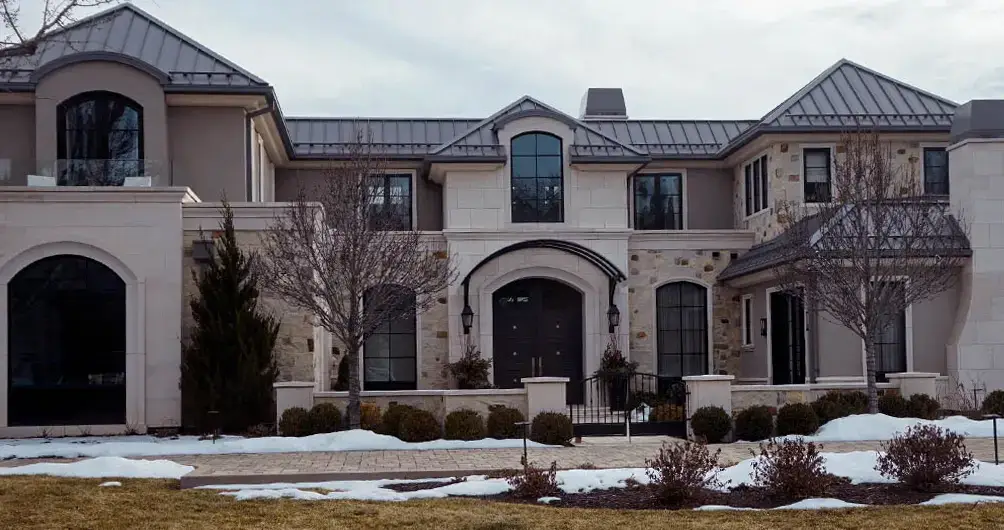 Building Supporters Services
High Performance Nationwide Remote Inspection Report Review: Second Opinion
Building Supporters Services
High Performance Nationwide Remote Inspection Report Review: Second Opinion
When you’re making crucial decisions about property investments, the accuracy and clarity of your inspection report...
 Building Supporters Services
High Performance Nationwide Remote Inspection: Live Video Consultation
Building Supporters Services
High Performance Nationwide Remote Inspection: Live Video Consultation
Ready to revolutionize the way you handle your property challenges? Forget waiting; let’s dive straight into...
 Building Supporters Services
High Performance Nationwide Remote Inspection: Photo/Video Evaluation
Building Supporters Services
High Performance Nationwide Remote Inspection: Photo/Video Evaluation
Elevate your property experience with ultra-responsive remote evaluation services. When you need instant answers, we’re here...
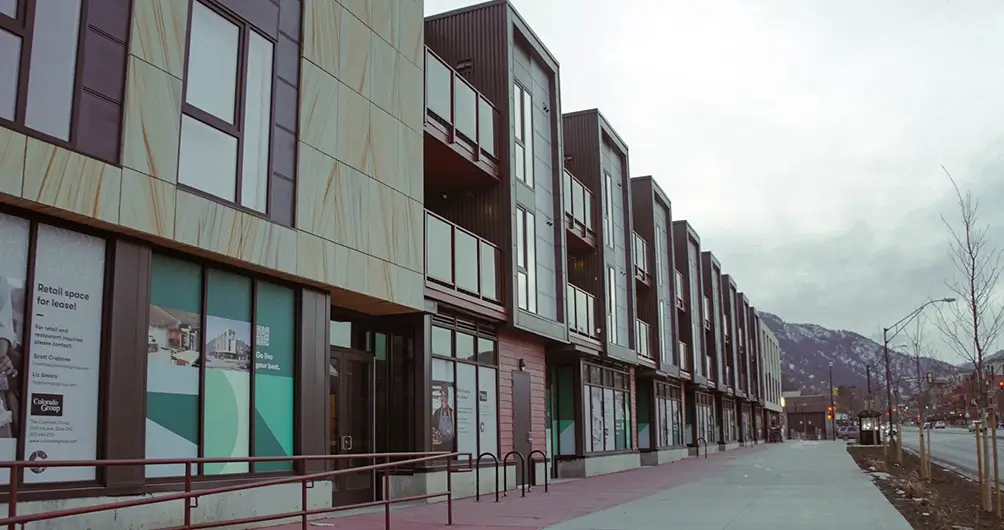 Building Supporters Services
High Performance Colorado Commercial Inspections, Building Surveys + Condition Assessments
Building Supporters Services
High Performance Colorado Commercial Inspections, Building Surveys + Condition Assessments
Unparalleled due diligence to maximize your investment: Your ultimate safeguard against the cascade of potential pitfalls...
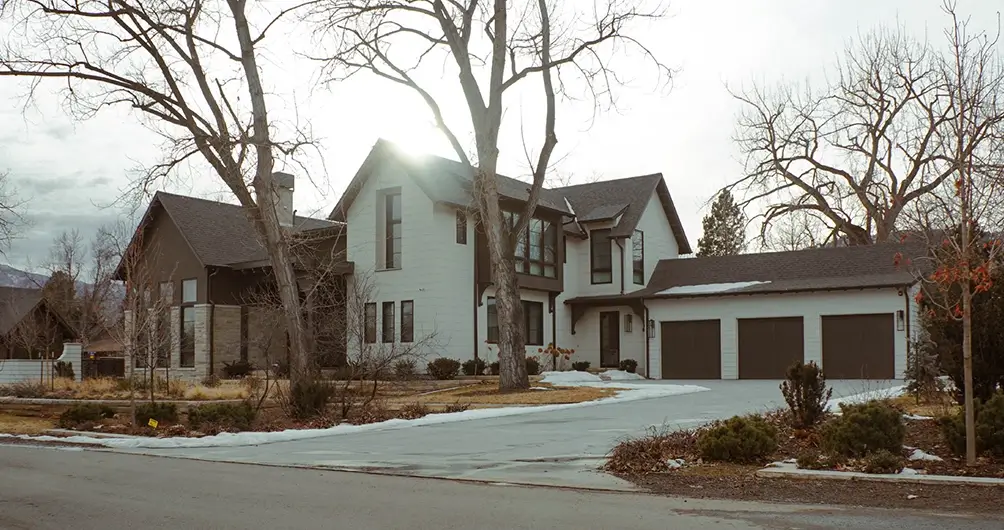 Building Supporters Services
High Performance Colorado Pre-Purchase Residential Home Inspections
Building Supporters Services
High Performance Colorado Pre-Purchase Residential Home Inspections
Whether it’s your first home or fifth, dream home or just a stepping stone, make sure...
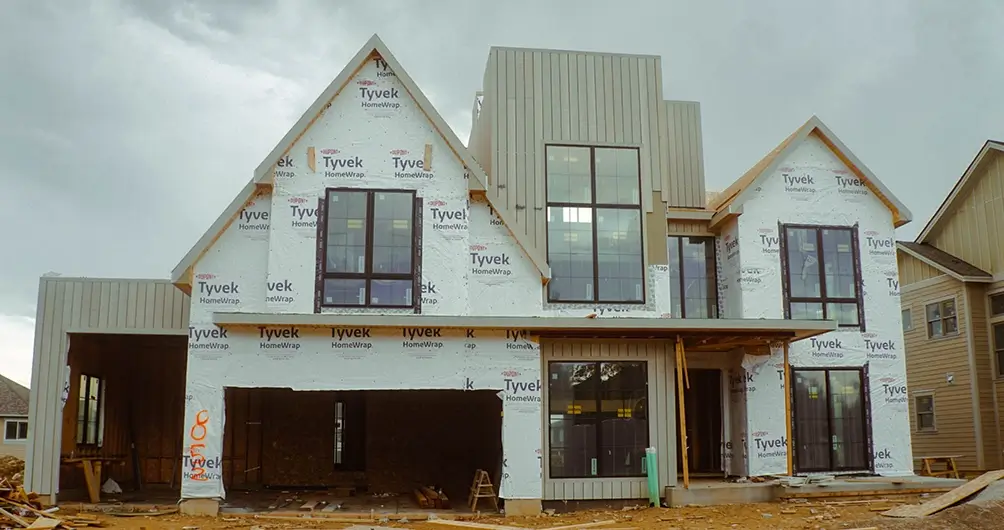 Building Supporters Services
High Performance Colorado Residential New Home Construction Inspections (Pre-Drywall & Phases)
Building Supporters Services
High Performance Colorado Residential New Home Construction Inspections (Pre-Drywall & Phases)
The best money you will ever spend while constructing a new home. Period. Full stop. In...
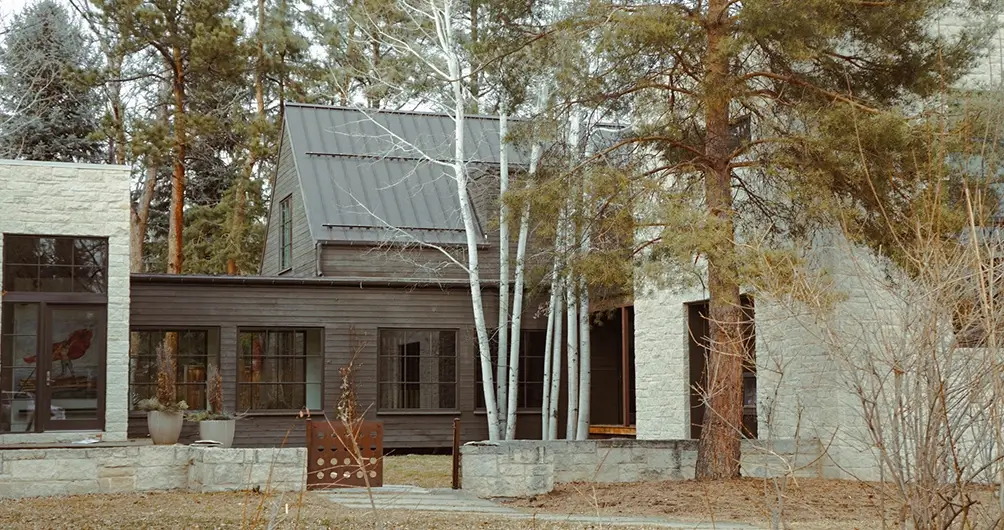 Building Supporters Services
High Performance Colorado Pre-Listing Inspections
Building Supporters Services
High Performance Colorado Pre-Listing Inspections
It’s not a matter of IF defects are found, but rather WHEN. No matter how picture-perfect...